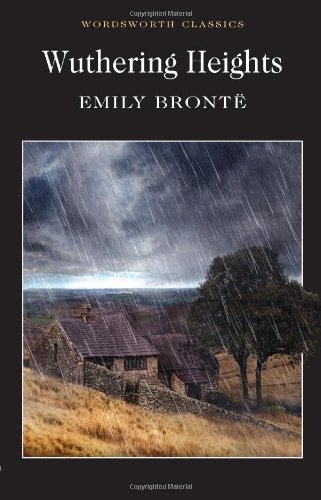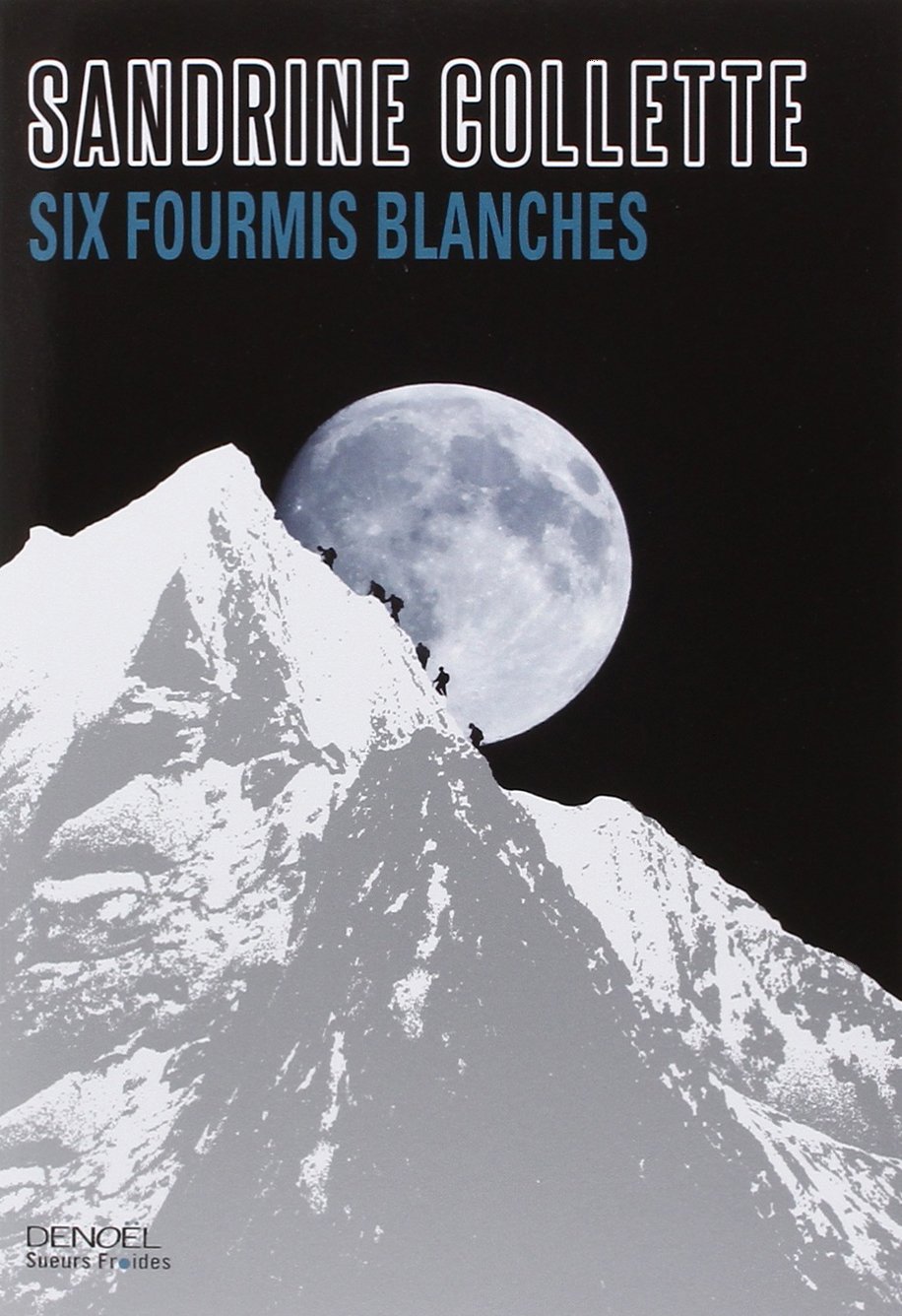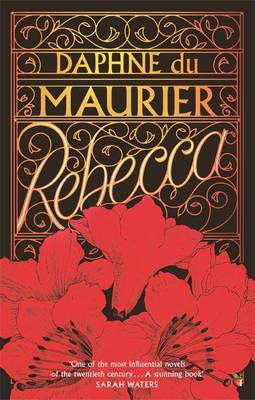
Titre : Sans rien ni personne
Auteur : Marie Laberge
Éditeur : Boréal
Date de publication : 2007
Pages : 434

* Les phares des voitures dessinent un long ruban sans hiatus. Chaque soir, c'est le même scénario. Chaque soir, Patrice repense à tous ces gens coincés derrière leur volant, à pester, à râler et à se mitonner une attaque à coup de stress. *
_________________________________
_________________________________
Montréal, le 1er juillet 1972, Isabelle Deschamps, française d’origine, est retrouvée morte dans son appartement, rue Marie-Anne. Elle a le ventre affreusement mutilé. À côté d’elle, le corps de son nouveau-né, mort également.
Paris, janvier 2007, Émilien Bonnefoi apprend qu’il va mourir dans les prochains six mois. Peu lui importe : depuis trente-cinq ans, sa vie n’a plus qu’un sens, celui de résoudre l’énigme de la mort de sa fille Isabelle. Il retourne exercer des pressions auprès de l’enquêteur chargé de ce cold case.
C’est ainsi que le commissaire Patrice Durand débarque à Montréal, déterminé à connaître le fin mot de l’affaire. Vicky Barbeau, chargée du cas au service des crimes non élucidés de la Sûreté du Québec, n’est pas follement enthousiaste à l’idée de reprendre une chasse aux témoins des plus improbables alors que plus de trois décennies séparent les faits de l’enquête. Pourtant, de Saint-Pierre et Miquelon aux Îles de la Madeleine, en passant par le Bas-du-Fleuve, l’affaire se révèle plus prometteuse – et plus compliquée – qu’il n’y paraissait.
C’est au genre du policier que Marie Laberge emprunte le cadre de son nouveau roman. Ses lecteurs seront emportés par un suspense irrésistible, tandis que le travail des policiers, ce tandem parfois grinçant formé d’un français et d’une québécoise, permet à la romancière de laisser libre cours à son sens de l’humour à travers des dialogues qui claquent. Mais nous retrouverons intact, dans Sans rien ni personne, l’extraordinaire pouvoir d’émotion qui caractérise toute son œuvre.
_________________________________
* Les yeux sont si atterrés, si battus, Vicky s'élancerait pour la consoler, la protéger. [...] Parce que, malgré tout ce qu'elle a traversé, elle conserve une sorte de droiture, une attitude enfantine qui excite tout l'instinct du sauveteur qui sommeille au cœur d'un être humain. *

Départ pour le Canada aux côtés de Patrice, policier français bien décidé à résoudre une affaire vieille de plusieurs dizaines d’années.Vicky, l’enquêtrice québécoise chargée de le recevoir ne se montre pas très disposée à rouvrir un « cold case » pour lequel aucun nouvel indice n’a été découvert. Elle va pourtant très rapidement se retrouver entraînée sur la piste du tueur d’Isabelle Deschamps, une jeune française qui avait été retrouvée morte dans son appartement, le ventre mutilé… et l’affaire se révèle bien plus compliquée que prévu.
Ayant déjà lu Mauvaise foi, j’avais déjà eu le plaisir de rencontrer les enquêteurs de Marie Laberge, que j’avais beaucoup appréciés. Vicky semble bourrue et râleuse au premier abord, mais, si on est attentif, on remarque vite qu’il y a d’autres aspects importants derrière la surface de sa personnalité. Patrice est sous bien des aspects le policier français typique (enfin, j’imagine, n’étant ni policière, ni française), mais sa ténacité et sa motivation le rendent plutôt séduisant. Même s’il semble que la collaboration entre ces deux personnages va être difficile et peu agréable, elle confère un certain dynamisme et un humour subtil au roman.
Le sujet des relations entre la France et le Québec apparaît sous plusieurs formes. Étant personnellement passionnée par la question de l’identité linguistique et de la communication interculturelle, c’est un aspect qui m’a beaucoup plu et qui apporte une grande richesse à l’histoire. Il y a bien quelques stéréotypes mais, loin de les trouver lourds, j’ai plutôt trouvé qu’ils donnaient une certaine légèreté aux passages d’enquête intense.
Il faut dire que les lecteurs qui s’attendent à un roman policier classique risquent d’être un peu déçus, ou au moins surpris ; car Sans rien ni personne est un mélange de plusieurs genres, même si la composante policière occupe une place prépondérante. J’aime le temps que l’auteur prend pour décrire les personnages et le fait qu’elle nous dévoile tout naturellement des pans de leur histoire personnelle qui nous aident à construire leur personnalité petit à petit. Les descriptions sont réalistes et très bien dosées, et nous transportent tout droit au Canada.
S’agissant d’un dossier non résolu datant de plusieurs décennies, il est clair qu’il ne s’agit pas d’une enquête ordinaire. La pression du temps n’existe pas, d’importants témoins sont sans doute morts ou ont oublié des détails qui auraient pu être décisifs pour l’affaire. Et pourtant, en reprenant chaque élément du dossier, les enquêteurs progressent peu à peu. Il n’y a donc pas vraiment de suspense, mais une certaine attente est créée chez le lecteur… et bien malin est celui qui arrivera à deviner la fin !
Peut-être objecterez-vous que l’intrigue n’est pas tout à fait réaliste. Soit, mais c’est après-tout un œuvre de fiction, n’est-ce pas ?
______________________________
*
En bref... *
Un cold case résolu d’une main de maître par un policier français et une enquêtrice québécoise peu disposés à collaborer et tous deux dotés d’un fort caractère. Sans rien ni personne est un roman entraînant, écrit d’une plume fluide, et plein de petites touches d’humour qui donnent de la profondeur à l’intrigue.






































